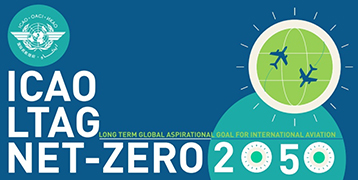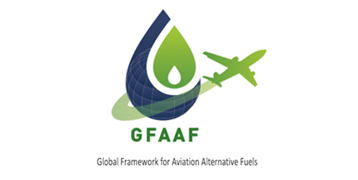24-hour average PM2.5 concentration caused by aircraft in Chinese airports from Jan. 2006 to Dec. 2023
Scientific Data
• Volume 284
(2024)
FEATURED BOOK
Since 2006, the rapid development of China’s aviation industry has been accompanied by a significant increase in one of its emissions, namely, PM2.5, which poses a substantial threat to human health. However, little data is describing the PM2.5 concentration caused by aircraft activities. This study addresses this gap by initially computing the monthly PM2.5 emissions of the landing-take-off (LTO) stage from Jan. 2006 to Dec. 2023 for 175 Chinese airports, employing the modified BFFM2-FOA-FPM method. Subsequently, the study uses the Gaussian diffusion model to measure the 24-hour average PM2.5 concentration resulting from flight activities at each airport. This study mainly draws the following conclusions: Between 2006 and 2023, the highest recorded PM2.5 concentration data at all airports was observed in 2018, reaching 5.7985 micrograms per cubic meter, while the lowest point was recorded in 2022, at 2.0574 micrograms per cubic meter. Moreover, airports with higher emissions are predominantly located in densely populated and economically vibrant regions such as Beijing, Shanghai, Guangzhou, Chengdu, and Shenzhen.
3 total downloads



 Back
Back



